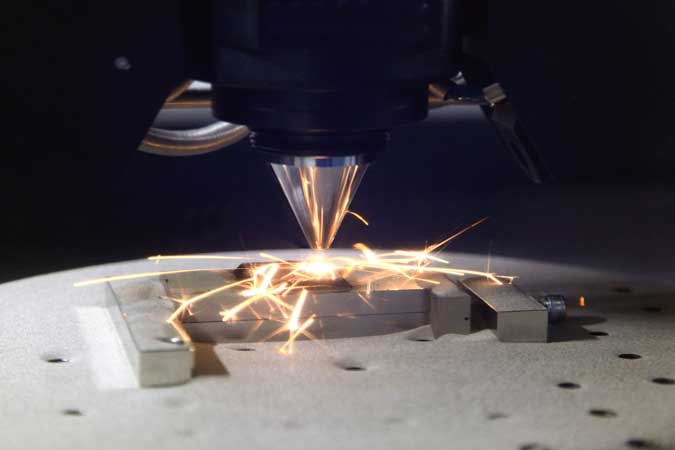There are many benefits to using additive manufactured parts, including higher efficiency, on-demand production, lighter weight components and use of environmentally-friendly materials.
The aerospace, energy, medical and transportation industries have been looking at ways to integrate AM parts into their production strategies.
Why?
 Designers and engineers in aerospace, for instance, seek ways to reduce the weight of the rotorcraft by cutting down on the materials used and to gain control over long lead times during critical missions.
Designers and engineers in aerospace, for instance, seek ways to reduce the weight of the rotorcraft by cutting down on the materials used and to gain control over long lead times during critical missions.
However, a lack of qualification standards for AM parts has led to the apprehension of widespread use in operational fleets, especially in critical components, like bearings and gears. With no clear qualifying standards, industries have relied heavily on experimental testing and behavior analysis, resulting in unrealistic or conservative designs with limited performance insight.
Sentient Science, has been working with the U.S. Government to develop a software tool, leveraging our fundamental materials and physics-based modeling techniques, to analyze the reliability of AM parts and then compare their performance to traditionally manufactured parts.
Under one of four Small Business Innovative Research projects, Sentient is working with the Department of Navy to develop a Reliability Centered Additive Manufacturing Computational Design Framework that will consider the inspectability during the design stage and entire service life of an AM component. The project will answer the requirements for material parameters needed to ensure reliability performance during service life, and how modification impacts life and reliability.
Similarly, the Department of Energy sought computational solutions for manufacturing and engineering processes to analyze the durability of additive manufactured parts. Sentient Science is developing tools to analyze the performance durability of AM parts by looking at the microstructure of the materials used. The completed software tool will allow the DOE to simulate a series of tests computationally on the quality of powder-based metals.
Once an additive part is in production processing, there’s also a need to monitor the lasering process to catch any defects or flaws that may occur the layering process. Sentient Science is working with the U.S. Army to create a thermal profile of the laser process, which will be used to analyze, detect and correct any defects that may occur during deposition.
Additive manufacturing has the ability to revolutionize industries, but questions around life cycle costs remain. The Defense Logistics Agency contracted with Sentient Science to evaluate life cycle costs and enable users to better understand the tradeoffs between manufacturing processes, cost, and the performance/durability of resultant components. Performance tests can be simulated in a virtual environment, allowing for upfront knowledge and expected mean time between failure outcomes. Computational testing allows for increased data points and nearly instant results.
Sentient Science will incorporate the learnings and developments made from these projects into its commercial software package. The tools developed will be made available to the wind energy, rail and aerospace industries, which are all looking at ways to incorporate additive manufacturing into their supply chian.
Add together each of these projects and DigitalClone will play an important role in evaluating the predicted life, reliability and durability of additive manufactured parts.
If working in Additive Manufacturing with Sentient Science sounds like an opportunity you would like to explore, express your interest here.
